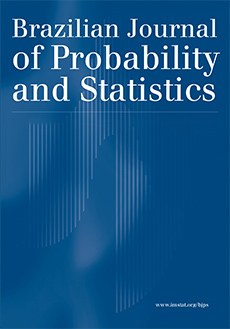Abstract
Large families of noisy interacting units (cells, individuals, components in a circuit, …) exhibiting synchronization often exhibit oscillatory behaviors too. This is a well established empirical observation that has attracted a remarkable amount of attention, notably in life sciences, because of the central role played by internally generated rhythms. A certain number of elementary models that seem to capture the essence, or at least some essential features, of the phenomenon have been set forth, but the mathematical analysis is in any case very challenging and often out of reach. We focus on phase models, proposed and repeatedly considered by Y. Kuramoto and coauthors, and on the mathematical results that can be established. In spite of the fact that noise plays a crucial role, and in fact these models in abstract terms are just a special class of diffusions in high dimensional spaces, the core of the analysis is at the level of the PDE that provides an accurate description of the limit of a very large number of units in interaction. We will stress how the fundamental difficulty in dealing with these models is in their non-equilibrium character and the results we present for phase models are crucially related to the fact that, with a very special choice of the parameters, they reduce to an equilibrium statistical mechanics model.
Citation
Giambattista Giacomin. Christophe Poquet. "Noise, interaction, nonlinear dynamics and the origin of rhythmic behaviors." Braz. J. Probab. Stat. 29 (2) 460 - 493, May 2015. https://doi.org/10.1214/14-BJPS258
Information





